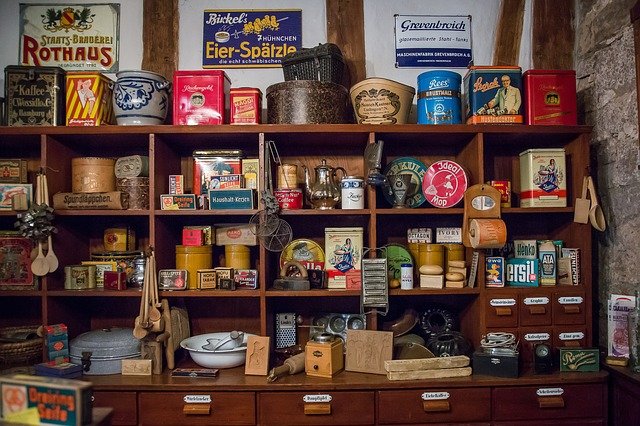How is food stored? – The best recipe!

How is food stored? – The best recipe!
How is a reasonable supply built and how is it secured so that nothing is lost?
What can be frozen?
Fruits and vegetables
Frozen foods retain the greatest amount of vitamins and value, so it is worth saving a larger amount of them in the first place. It is a better choice than jars or cans. Fruits (such as strawberries, raspberries, and apricots) should be washed, purified and purified. It is better to freeze young ones (such as blueberries, currants, cherries) in containers rather than bags, they will not clump together. Boil vegetables (such as broccoli, cauliflower, green beans, carrots, leeks, peas, broad beans, asparagus, spinach) before freezing (soak vegetables in boiling water for 1-2 minutes, then pour in ice water and cool). Thanks to this, it will retain its aroma and color, and will also be easier to process after defrosting. Do not blanch pumpkin, onions and mushrooms. Mix vegetables (such as vegetable soup) and put them in bags.
Ready dishes
Soups, sauces, stews, yoghurt, dumplings… It’s best to freeze immediately after preparation and cool down. They will be tastier. If you have little space, pack the products in zipper bags. In the freezer compartment, first lay them flat on the tray to prevent them from sticking together. When they freeze, you can arrange them vertically – like books.
Meat and cold cuts
Beef lasts longer (about 8 months) and poultry shorter (4 weeks). Minced meat for no more than 8 weeks. Do not put meat in trays in the freezer where it was placed in the store! Sausages can be frozen whole or cut into strips (with layers of parchment in advance).
bread
Use the bakers’ trick. The best way to freeze bread (or rolls) fresh. The longer you wait, the less moisture will remain in the bread after frostbite. You can freeze whole bread, but it is better to cut it into slices and pack it in separate bags. The freezing time should not exceed two months. Defrost bread in the oven (175°C).
Where do you keep dry products?
Jareesh, pasta, rice and flour
It is always worth having them in the house! However, dry bulk products must be protected wisely. Don’t buy too many packages at once, as they will turn into moths sooner than you can use. Buy a smaller amount and store it properly: preferably in tightly closed jars or plastic containers. Flour and sugar do not tolerate moisture, while high temperatures are unfavorable for groats and pasta. It is better to keep all these products in a dry, dark, ventilated and cool place, at a temperature of 8-10 ° C. The trick: If you have already drunk a lot of flour, groats, rice, remember to put bay leaves in your cupboard with them. Moths don’t like its smell!
coffee and tea
Contrary to appearances, they are demanding in terms of storage. The coffee is definitely more. If it is not secured properly, it not only loses its beautiful smell, but also absorbs other fragrances! The ideal coffee container should be airtight and not transparent. Coffee should be kept in a cool dark place. Same thing with tea. In addition, green and white tea do not tolerate high temperatures well. Under the influence of heat, both types oxidize and lose their most valuable properties …
How are the reserves?
Jams, purees and canned foods
Want to make more jams, purees or tomato paste? It is better to buy cans made of glass or cardboard than cans, but … it is worth reading the labels! Some cans, for example with steamed corn, may be better than those with corn in the glass, which contains a lot of salt and sugar. Preserved items such as pickles, fodder, and pasteurized canned foods – Store in cool, ventilated tanks or cabinets.